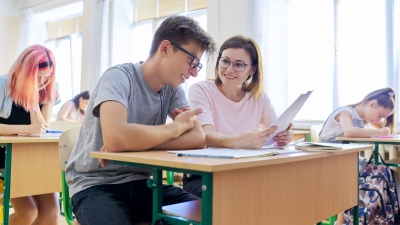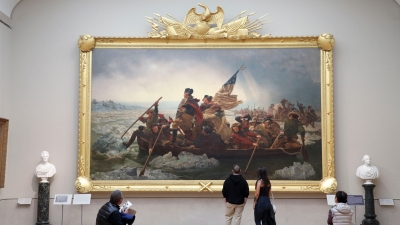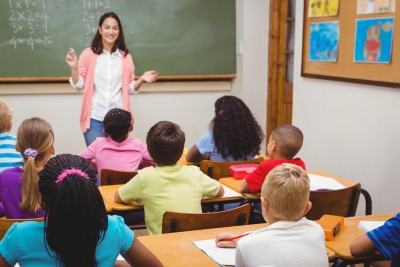ΓΛΩΣΣΟΛΟΓΙΑ-ΔΙΔΑΚΤΙΚΗ
4 Tips for a Successful Self-Contained Classroom
Co-teachers in a special education classroom focus on building a community of learners with a focus on real-world skills.
The self-contained classroom has been deemed the most exclusive learning environment within a school,
How to Use Art to Teach History
A piece of art can provide a window into a historical time period for students.
Art is an important and perhaps unexpected tool in teaching history.
7 Ways to Do Formative Assessments in Your Virtual Classroom
Finding out what your students are really learning remains indispensable to teaching. Here’s what teachers are doing to check for understanding online.
Pen-and-paper pop quizzes are no more: thumbs-up/thumbs-down, hand signals, online polls, discussion boards, and chat boxes have become the new mainstays of formative assessments in virtual classrooms.
Accessibility Features Can Ease Remote Instruction for Students
Popular devices and software come equipped with text-to-speech and other supports that lower barriers to learning.
Among the many challenges of remote instruction is the lack of access some students have to supports they previously received in school,
Building Community in a Virtual Pre-K Classroom
Foundational strategies of effective early childhood education that teachers used in the classroom work well for remote learning too.
For many pre-K students, the classroom is the first community they belong to outside of their homes, and as early childhood educators,

















